SCORES & OUTDOORS: Fruit flies are a nuisance and can be a challenge in the home
 by Roland D. Hallee
by Roland D. Hallee
Recently, a family member moved into a rented house in a central Maine town that will remain nameless. Within weeks after occupying the house, they encountered a severe infestation of fruit flies. They called in an exterminator who assured them they were not the cause of the infestation, but that it had been present long before the move. Treatment has alleviated some of the nuisance, but the problem remains. Additional treatments have been scheduled.
Fruit Flies, Drosophila melanogaster, are of concern both as nuisance pests and as serious contaminators of food. Large populations of these flies can very quickly buildup in restaurants, hotels, cafeterias, and similar food service establishments, as well as in private homes. The ability of the adults to appear from “nowhere” when fruits are exposed and the fact that they seem to be “everywhere” are sources of amazement for most homeowners and individuals in the food industry.
Food processing plants, including wineries, pickle plants, dehydrators, and canneries (especially tomato canneries), consider fruit flies to be a greater menace than any other insect pest. These flies cause a high percentage of the insect contamination of fruit and fruit products. Fruit flies are frequently cited as the contaminating agent in reports of food seizures made by the U. S. Food and Drug Administration.
Female fruit flies lay their eggs on the surface of rotting fruits and vegetables. Each female may lay as many as 500 eggs. These eggs hatch into larvae which molt twice before becoming fully grown. The larvae feed on the yeast organisms and fungi growing in infested material, and through their feeding efforts, they soon turn their food into a semi-liquid “mess.” When the full-grown larvae are ready to pupate, they leave the food material for dryer areas. Complete development from egg to adult under summer conditions may be completed in 8 to 10 days. Mating takes place soon after adult emergence, usually within a few hours, and egg laying begins about 24 hours later.
These flies are variously referred to as vinegar flies, pomace flies, banana flies, sour flies, vinegar gnats, and lesser fruit flies. There are several species which are similar in appearance. Adults may be dull yellowish, brownish yellow, or brownish black in color and range from 1/10 to 1/5 inch long. Most species have red eyes. Larvae are very small (ranging from 1/10 to 1/5 inch long), dirty white, and maggot-shaped. They can be recognized by the stalked posterior spiracles on the last abdominal segment.
In warm weather, screen all openings to the outdoors with fine mesh screen or netting. Do not leave cut or spoiling fruit or vegetables, fruit salads, fruit juices, jams, jellies, pickles, etc., exposed in open containers. Do not keep whole raw fruit on hand in large quantities exposed to fruit fly infestations. Check vegetables such as potatoes and onions which are frequently stored in large quantities. There could be one rotten vegetable in the bottom of the bag which would be sufficient to support a sizable infestation.
Whenever possible, keep susceptible foods in cold storage in order to retard development of larval fruit flies. Should fruit flies become abundant, a careful search for the larval breeding areas should be made by the homeowner. Removal of any overripe fruit or vegetable material should alleviate any recurrence of these insects. Any lingering adults can be destroyed via the judicious use of pesticide aerosol space sprays or a fly swatter. Breeding areas can sometimes be difficult to locate. Possible situations include a “forgotten” potato in a storage bin, an apple kicked under the shelves of a storeroom, improperly cleaned garbage cans or disposals, and endless similar examples of improper or lax sanitation practices. “Emptied” beer, soft drink, milk, or catsup bottles with small amounts remaining in the bottom have been reported as breeding media.
Uncleaned mops and cleaning rags that have been left to sour may serve as breeding sites. Accumulations of food materials, usually small and hidden, may buildup in corners, under counters, under baseboards, in the cracks of, or around drain boards, in cracks around sinks, etc. In addition, common sources of infestation in residences are “homemade” marmalade, preserves, chili sauce, mustard, pickles, etc., put up in jars. Wine, vinegar, sauerkraut, “homebrew,” and cider are also common attractants.
For more current information, contact your local county extension office.
Roland’s trivia question of the week:
Name the first NFL AFC team to win a Super Bowl.
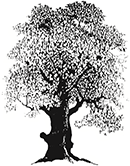

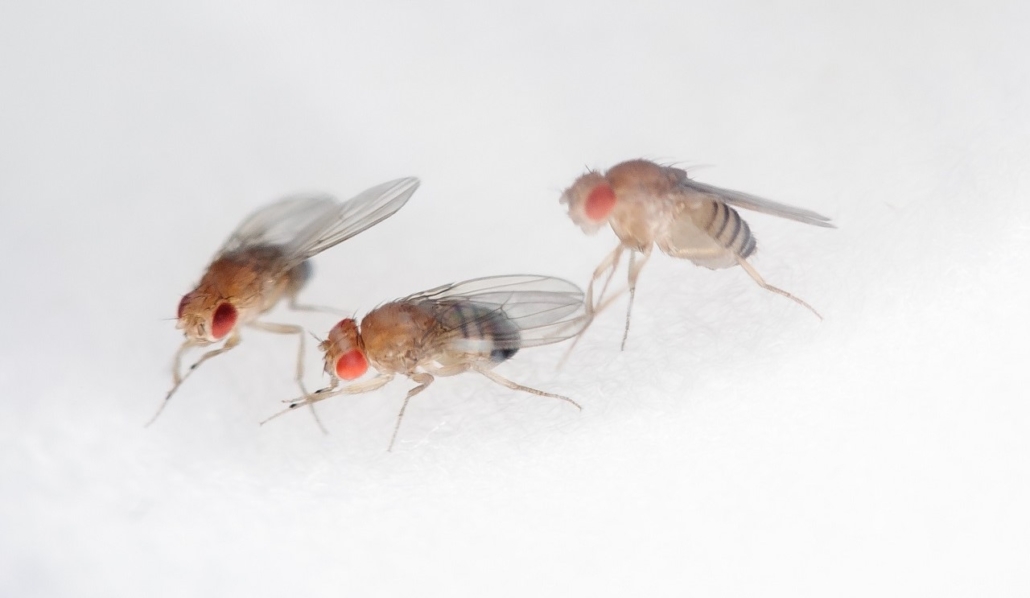



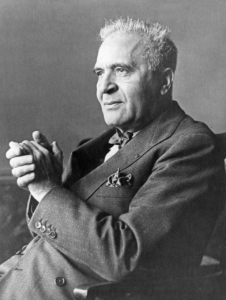
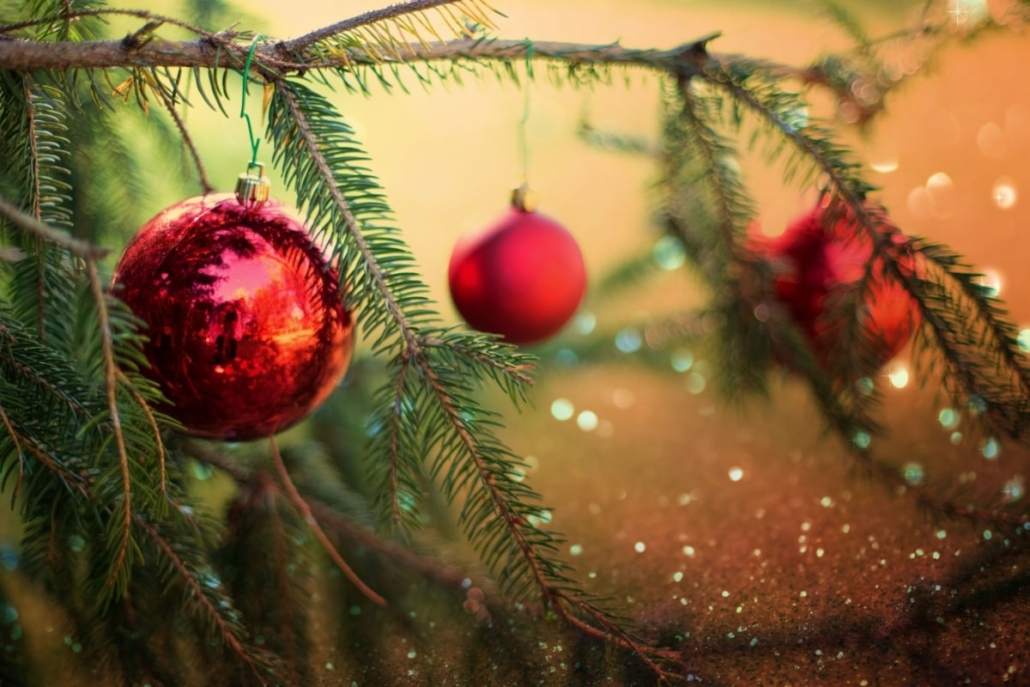

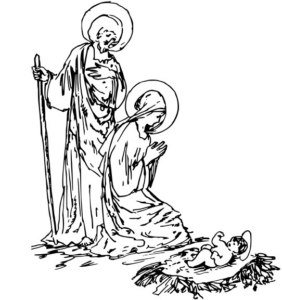


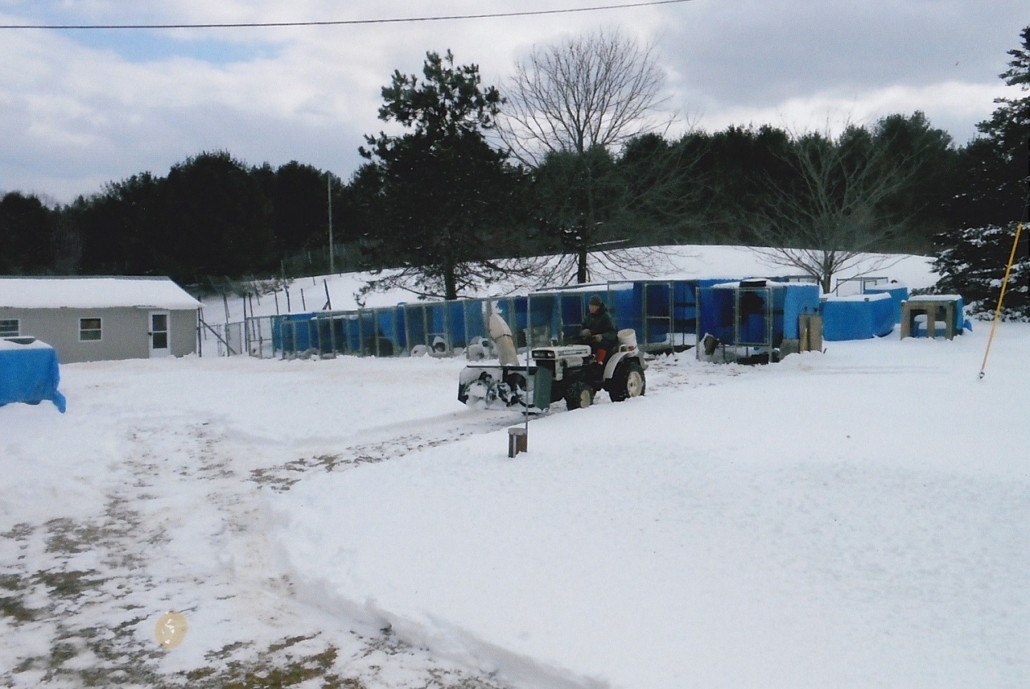

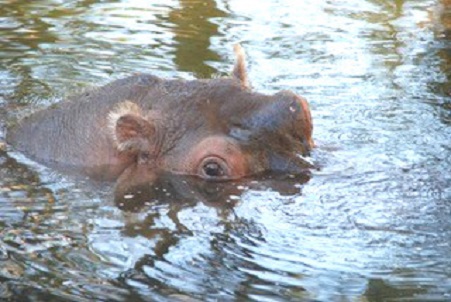
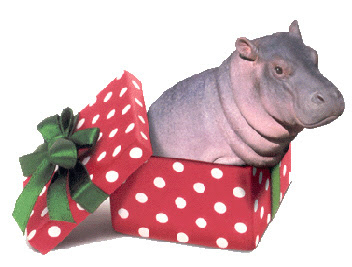 She would have had to put in a gigantic pool because the hippos spend most of their day wallowing in the water to keep their body temperature down and to keep their skin from drying out. With the exception of eating, most of hippopotamuses’ lives occur in the water.
She would have had to put in a gigantic pool because the hippos spend most of their day wallowing in the water to keep their body temperature down and to keep their skin from drying out. With the exception of eating, most of hippopotamuses’ lives occur in the water.

